An iPad is a great tool for any artist that works digitally. These tablets are portable while still being powerful, and no iPad exemplifies that quite like the 12.9-inch 2020 iPad Pro, which offers the largest iPad display available, along with the power that outclasses many PC laptops.
Best Overall: iPad Pro 2020 (12.9-inch)
If you want the absolute best iPad for artists in 2020, you're going to want the latest generation of the 12.9-inch iPad Pro. It can get pricey (like MacBook Pro pricey), but what you get is the most powerful tablet Apple's ever made, with an excellent display, sleek new design, Face ID support, and more.
Let's start with screen size. The iPad Pro's 12.9-inch display is a great canvas size for your art, whether you're sketching, painting, or editing photos, that still lets you be mobile. The new Liquid Retina display in the iPad Pro offers incredible color accuracy and now sits a uniform distance away from the edges of the device. It's also a ProMotion display, meaning that it will run at up to 120Hz. This is great when working with the Apple Pencil; your strokes appear on the screen nigh-instantly, like a real piece of paper, and rendering more fluidly than on other iPads. But ProMotion is about more than running at 120Hz. It also means that the display will adjust dynamically based on the content on the screen. You'll experience faster refresh when you're working on a piece and slower refresh when you take a break to watch a movie or TV show.
When it comes to power, the iPad Pro is truly an impressive machine. The A12Z Bionic, a variant of the system-on-a-chip found in the 2018 iPad Pro, includes an eight-core processor, with four high-performance cores (versus the A12's two) and four high-efficiency cores. The power delivered by the A12Z rivals that of many PC laptops, all while delivering the same 10-hour battery life that we've come to expect from iPads.
New with the A12Z in the 2020 iPad Pro is an additional functioning GPU core. Where the A12X had a seven-core graphics processor, the A12Z GPU has eight cores, delivering extra power for applications that depend on graphics processing, like those built around Apple's Metal API.
For drawing apps like Procreate or photo editors like Pixelmator Photo, this extra power can be invaluable for smoother painting or sketching experiences, or applying photo edits more quickly. Every one of your apps, as good as they'll be on something like the iPad Air, will be even better on the iPad Pro.
The 12.9-inch iPad Pro combines impressive power and a large, beautiful display in a top-notch mobile artistic tool.
Like its predecessor, this iPad Pro features Face ID support. I find Face ID is fast enough to unlock my iPad just as soon as I turn on the display. At this point, it's not really something I think about, compared to Touch ID, which you have to think about, even a little, whenever you use it. Everything from unlocking my iPad to authenticating website details is better with Face ID.
When it comes to digital sketching, painting, and other artistic projects, the 2020 iPad Pro works only with the new second-generation Apple Pencil, which magnetically attaches to one side of the iPad. That attachment point also serves as an inductive charging space for the Pencil, so you can carry it around with you and charge it at the same time without having to stick it out of the charging port of the iPad Pro itself.
For photographers who shoot with their mobile devices, the cameras on the iPad Pro got a significant upgrade in the 2020 model. The rear camera setup now sports two cameras, a 10-MP ultra-wide-angle camera, as well as a 12MP wide-angle camera. There's also a third sensor, but it's not a camera. It's LiDAR (Light Detection and Ranging), and the iPad uses to measure environments to create more immersive augmented reality environments.
Using the Pencil is mostly the same experience as it has been on other iPads. The Pencil recognizes things like tilt and pressure applied to the tip and supports palm rejection. It has a new matte finish, which feels better than the glossy finish of the first Pencil. The Apple Pencil also has a small gesture area on its flat side, which you can double-tap to switch between your two most recent tools quickly.
Now, the size of the iPad Pro might not be for everyone. To many, the 12.9-inch iPad Pro might simply be too big to be completely practical. Of course, I would take an even bigger iPad, but to each their own. If you want an iPad not as your primary artistic tool, but instead as a supplement to your Mac or something similar, a smaller size might be just right for you. The same goes for if you need it to fit in slightly smaller bags. The recent redesign may have brought down the overall footprint of the 12.9-inch iPad Pro, but it's still a large tablet.
The biggest strike against the 12.9-inch iPad Pro is price. iPad Pros have always been more expensive than their non-Pro counterparts, but at almost $1,000, the 2020 iPad Pro might be a big ask for some. It's another $130 when you throw in the Pencil. It's absolutely the biggest and best iPad screen you can get, and it has a lot of power behind it, but just be aware that you're going to be forking over a lot of money for that screen and that power.
But if you can spend the money, and want the absolute best tablet you can get for your art, the 12.9-inch iPad Pro is the one to get.
Pros:
- Expansive 12.9-inch display
- Magnetically mounts and charges Apple Pencil
- Face ID
- Apple's most powerful tablet
- ProMotion
Cons:
- Pricey
- Size might be too much for some
Best Overall
iPad Pro 2020 (12.9-inch)
The best tablet Apple's ever made is great for artists.
The 12.9-inch iPad Pro puts PC-like power behind your favorite artistic apps and makes sure your Pencil is always with you...
Best Alternative: iPad Pro 2020 (11-inch)
There's honestly not a lot to be said about the 11-inch 2020 iPad Pro that I haven't already said about it's larger counterpart. I split them into two entries because, when it comes to artistic endeavors, their size really makes them two different products.
One of the great advantages of the 11-inch iPad Pro over the 12.9-inch model and the 10.5-inch iPad Air is that it straddles the line between the portability of the 10.5-inch Air and the power of the 12.9-inch Pro. What this means is that the 11-inch iPad Pro is about the same physical size as the 10.5-inch model, with a screen that's half-an-inch larger. That might not sound like much, but when displays are around a foot in size, a half-an-inch adds up to more than you might think. 11 inches is still a decent size for drawing, photos, and any other artistic activity. I still prefer the larger 12.9-inch screen, but you might be willing to make that trade-off.
What's great is that's pretty much the only trade-off. Despite the size difference, the 11-inch model shares the 10-hour battery life of the bigger 12-inch Pro. It also has the same A12Z system-on-a-chip, so it has the same power for all of your favorite applications. It has a ProMotion display with the same pixel density. It really is just a smaller, slightly less expensive version of the same tablet, but for many, that size difference will be enough to push them in one direction or the other.
While I would always go with the bigger screen, if the size and increased portability of this iPad Pro make it more appealing than its bigger sibling, it's an excellent, powerful choice.
Pros:
- Just as powerful as 12.9-inch Pro
- Smaller and lighter than 12.9-inch Pro
- Face ID
- Promotion
Cons:
- Still a bit pricey
- Some might want a bigger display
Best Alternative
iPad Pro 2020 (11-inch)
Everything great about the 12.9-inch iPad Pro, but smaller.
A smaller version of the powerful 12.9-inch iPad Pro, though the size will make the difference for many people.
Best Value: iPad Air 4 (2020)
The iPad Air 4 walks the line between the lower-priced (iPad 8th generation) and the larger screen real estate of the 2020 iPad Pro lineup. At 10.9 inches, the iPad Air offers decent screen real estate for drawing and painting, as well as an excellent portal for inspecting and editing your photos.
The iPad Air 4 also has something sure to be very important for a wide variety of artists: Apple Pencil 2 support. Unlike the cheaper models of iPad that only support the first-generation Apple Pencil, the iPad Air 4 can take advantage of all the sensitivity and features of the Apple Pencil 2. It charges when it's latched on to the iPad Air 4, just like it does on the iPad Pro, so you don't have to worry about sticking it in the Lightning port,
With the iPad Air 4, you get a machine with an excellent balance of screen size, power, and price.
The biggest shock of the iPad Air 4 is what lies inside — the A14 Bionic chip. has a fair bit of power behind it. It has Apple's newest mobile chip powering the whole thing, something the iPad Pro can't even boast about, which makes the iPad Air 4 extremely responsive and speedy no matter what task you throw at it. This will be, for many, the perfect mobile artistic platform.
The Air also has a laminated True Tone display. A laminated display combines the touch layer of your iPad's screen and the LCD display layer into a single piece, leaving no gap between the two. This is important as you'll have a display of better overall quality than a non-laminated display, producing better images with a more vibrant range of colors. True Tone is great because it adapts the temperature of the display to the light of your current room, making the display appear more as though the room is lighting it. It's not overpowering, but if you find this disruptive to your artistic workflow, it's easy enough to turn off from Control Center.
So, why is the iPad Air 4 just the best value pick, and not the best overall? Mostly, it comes down to screen size, design, and feature set. On the surface, the iPad Air 4 utilizes mostly the same design as the 11-inch iPad Pro; however, if you look closer you can start to see why the iPad Pro is still the best around.
While the addition of a better 12MP camera is included on the rear, the front-facing camera remains a 7MP FaceTime HD camera. Even though from face away the iPad Air 4 looks like it would perform FaceID, you actually unlock it via Touch ID, which is inside the power button located on the top of the iPad. This might be a pro for some, but in the months since I've been using Face ID, whenever I have to use a device with Touch ID, I feel like I'm taking a step backward. Additionally, the iPad Air 4 doesn't have a ProMotion display, meaning you won't get that buttery smooth display that can up to120Hz that makes scrolling and other fluid motions on the screen so crisp and clear. On top of that, you also miss out on the four-speaker system the iPad Pro has and the newer dual-camera array, which has a LiDAR sensor) and an additional 10MP ultra wide rear-facing camera.
Still, for many, the iPad Air 4 is going to be a slam dunk. At $599, it starts at a whole $200 cheaper than the 11-inch iPad Pro and offers quite a bit of the same features. If you don't need the few "pro" features that the iPad Pro offers, the iPad Air 4 is the clear winner for artists.
Pros:
- A great balance of price and power
- Reasonably large screen
- Apple Pencil 2 support
- Excellent display
Cons:
- No ProMotion display
- No Face ID
Best Value
iPad Air 4 (2020)
A great balance of power and price.
The iPad Air 4 is a compelling product for artists looking for a very powerful tablet without the price tag of the iPad Pro.
Best Small Tablet: iPad mini 2019
As the 11-inch iPad Pro is to the 12.9-inch model, so is the 2019 iPad mini to the 2019 iPad Air. It's mostly a smaller, slightly less expensive version of the iPad Air, though minus the Smart Connector. So, no Smart Keyboard. But despite this omission, in every other way, the iPad mini is a smaller version of the iPad Air: it has the same A12 system-on-a-chip, a laminated display, and Apple Pencil support.
For those looking to sketch on the go, the iPad mini is a great choice, though for sitting down for a long session of drawing, painting, or photo editing, I'd still prefer the bigger screen real estate of the iPad Air. The iPad mini is great for anyone that uses a larger device, like an iPad Pro or even a Mac as their primary artistic tool, and wants or needs a tablet to increase their workflow's mobility.
Pros:
- Compact and light
- Just as powerful as the iPad Air
- Apple Pencil support
- Great price
Cons:
- Screen is too small for a lot of artists
- Only supports first-generation Apple Pencil
Best Small Tablet
iPad mini 2019
A tiny tablet that's full of power.
The iPad mini is perfect for note-taking and sketching. It supports the Apple Pencil, and will fit in any bag you carry with you.
Bottom line
The 12.9-inch 2020 iPad Pro is an excellent, powerful tablet that's great for whatever kind of art you create. Its large display should give you enough room for your work, while its size shouldn't prevent you from taking it wherever you need to go.
The ability to magnetically attach the Apple Pencil to the side of your iPad Pro could not be a more welcome addition. Not only can you now easily bring your Apple Pencil with you, but because the magnetic attachment point on the iPad Pro is also an inductive charger, the Pencil is always charged and ready to go at any time inspiration strikes.
Developers have done their utmost to take advantage of the powerful A12Z system-on-a-chip in the iPad Pro. While apps like Procreate are still great on the rest of these iPads, they really shine on the iPad Pro. From new features like tapping support on the Apple Pencil to the increased graphical power on the GPU versus the A12X, the latest iPad Pro is perfect for your artistic endeavors, no matter how demanding they are.
While other iPads might be more portable or less expensive, they don't quite match the overall experience of using the 12.9-inch iPad Pro for a creative endeavor.
Credits — The team that worked on this guide
![]()
Joseph Keller is a senior writer at iMore. An Apple user for more than a decade and a half, he spends his time learning the ins and outs of iOS and macOS, always finding ways of getting the most out of his iPhone, iPad, and Mac.
![]()
Lory Gil is a renaissance woman, writing news, reviews, and how-to guides for iMore. She also fancies herself a bit of a rock star in her town and spends too much time reading comic books. If she's not typing away at her keyboard, you can probably find her at Disneyland or watching Star Wars (or both).
Get artistic with the best iPads for artists posted first on http://bestpricesmartphones.blogspot.com
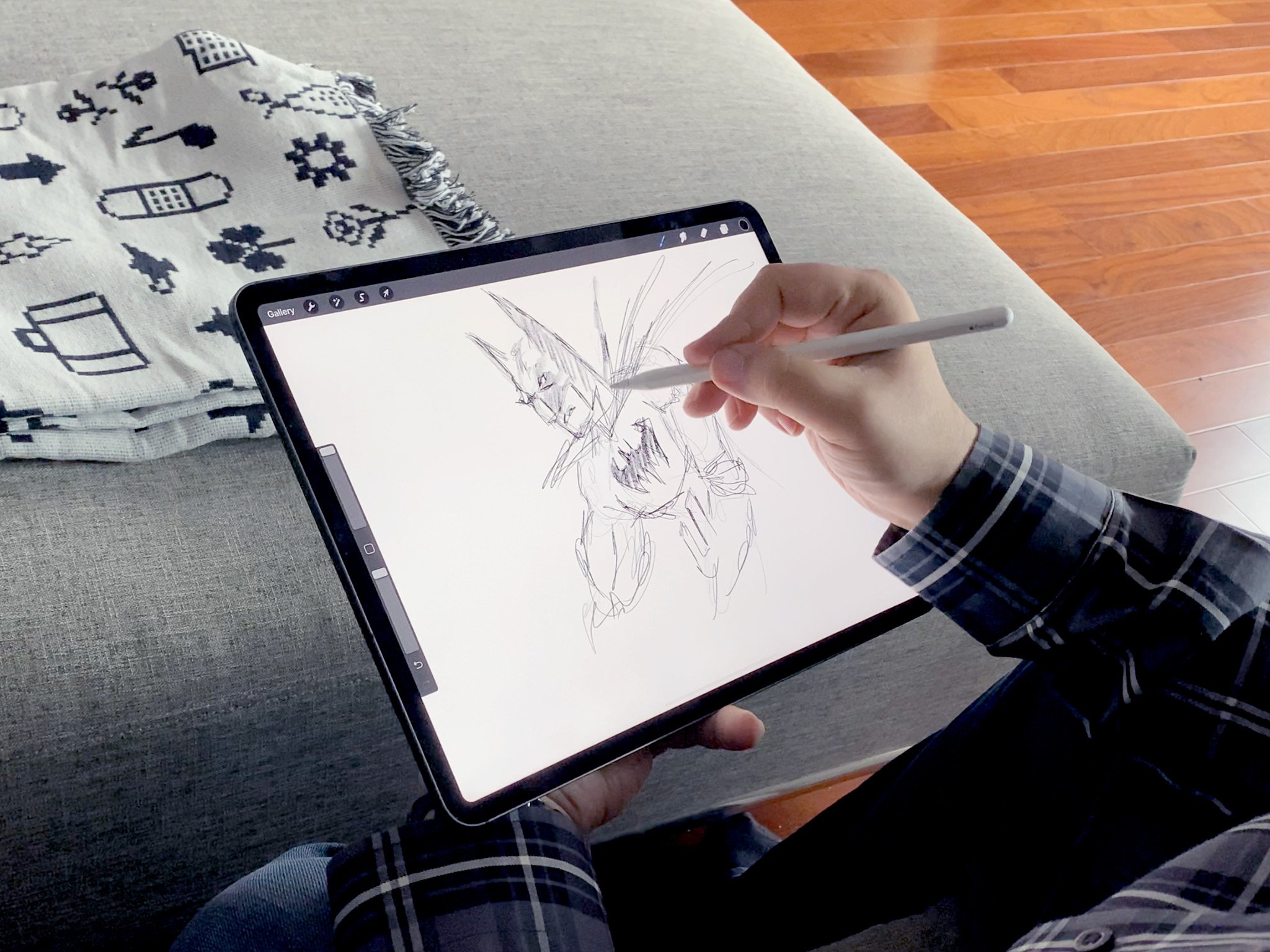
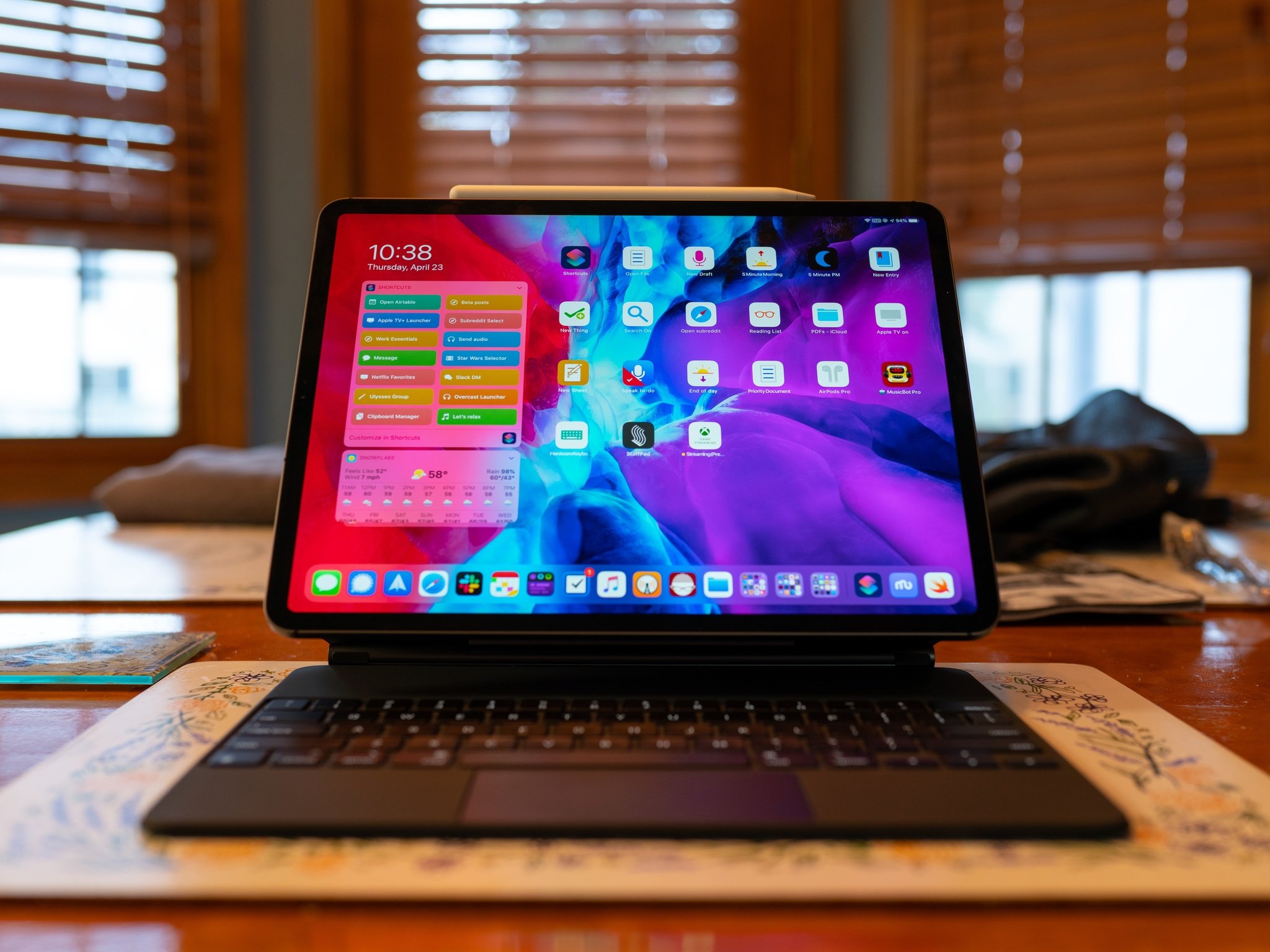
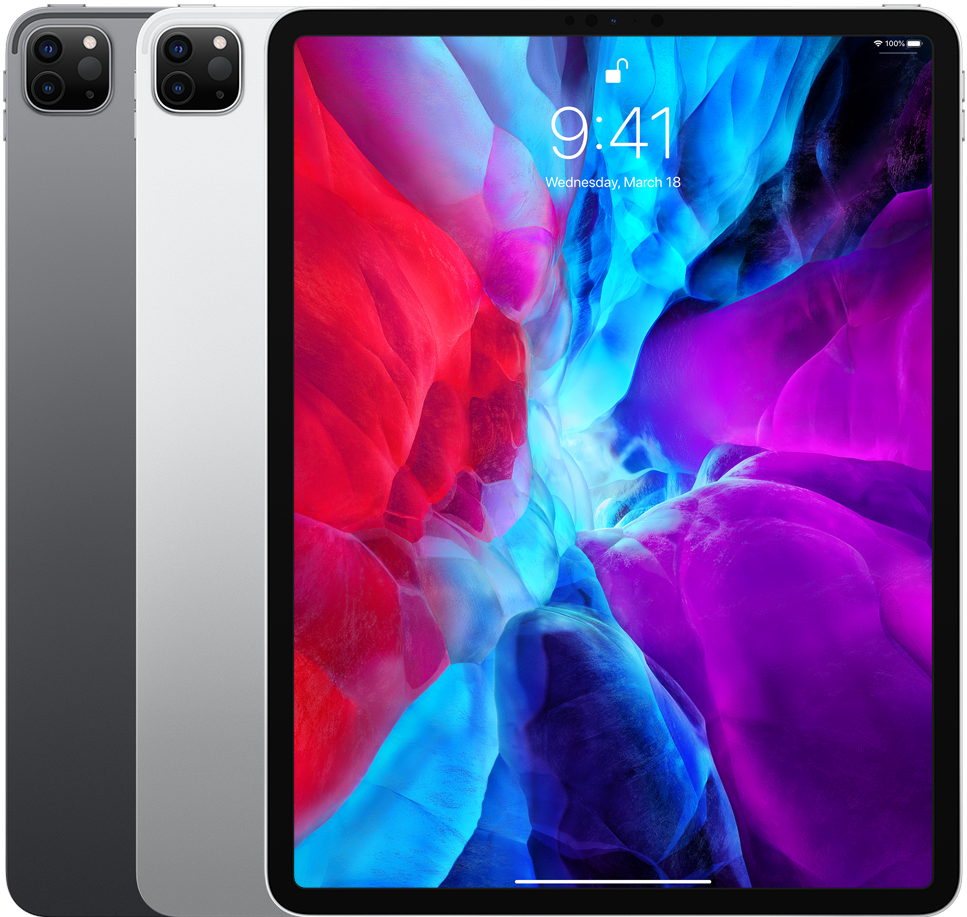
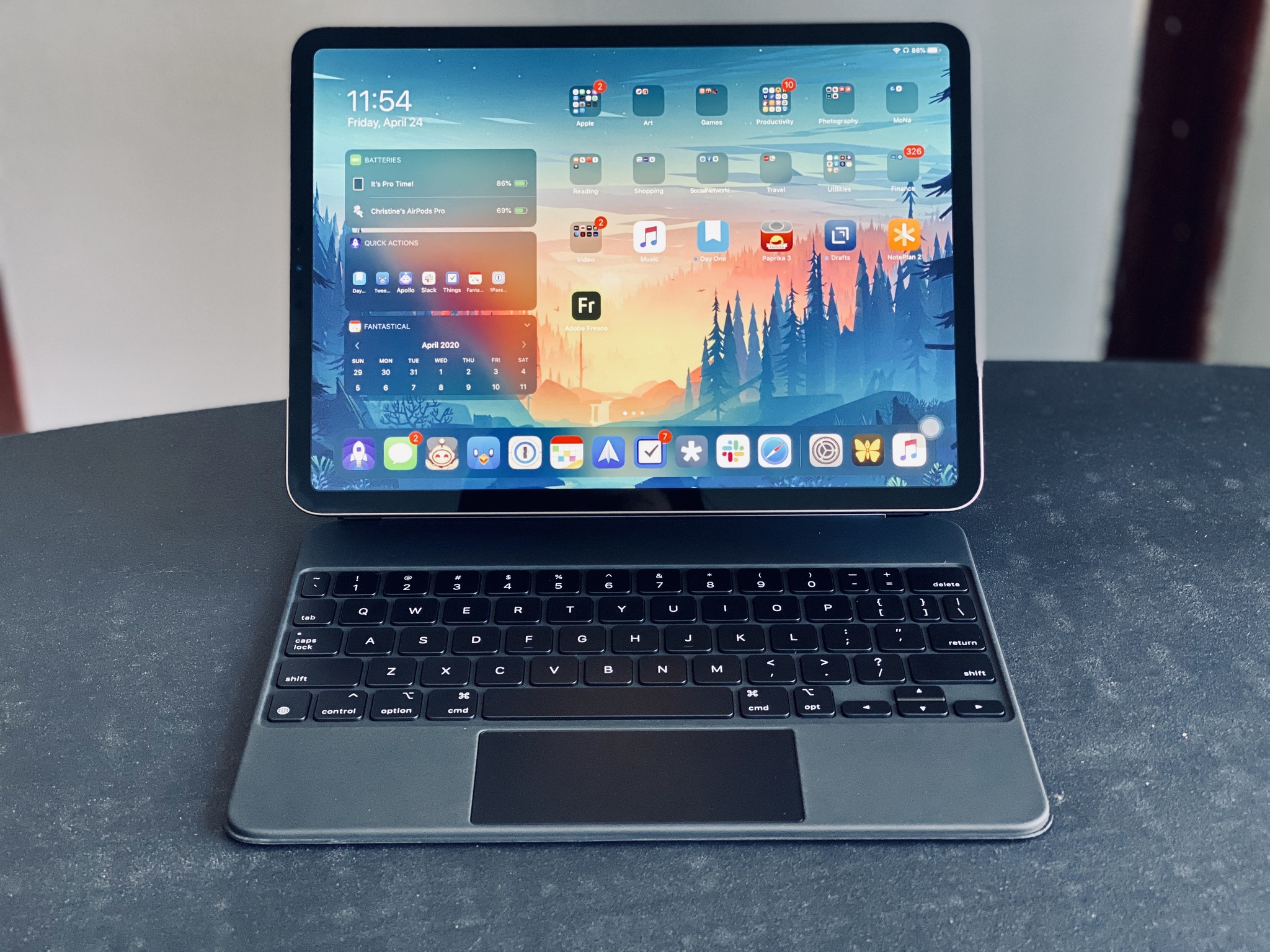
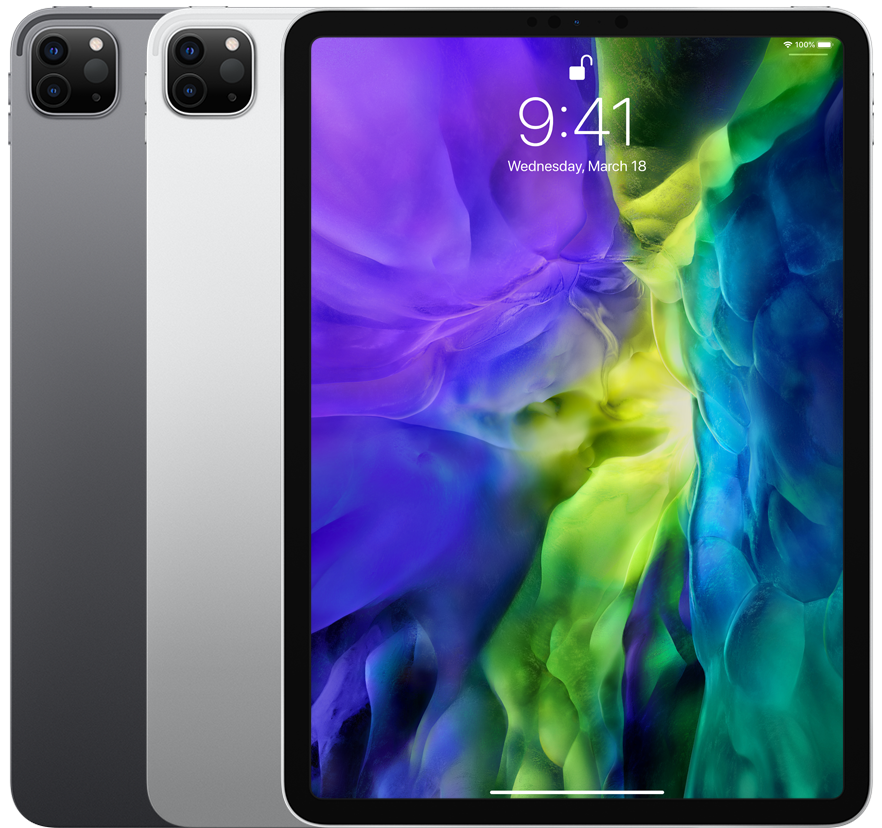
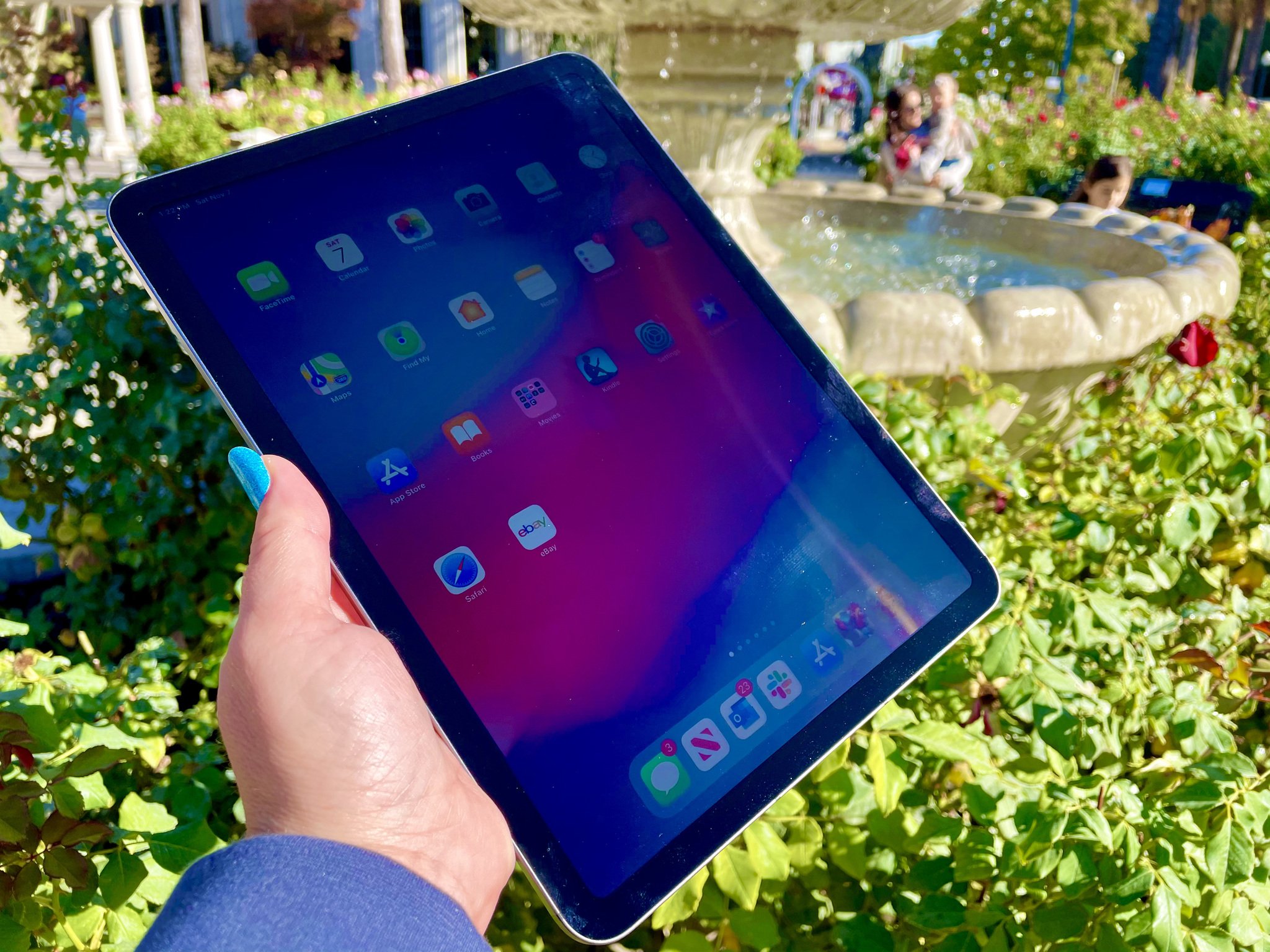
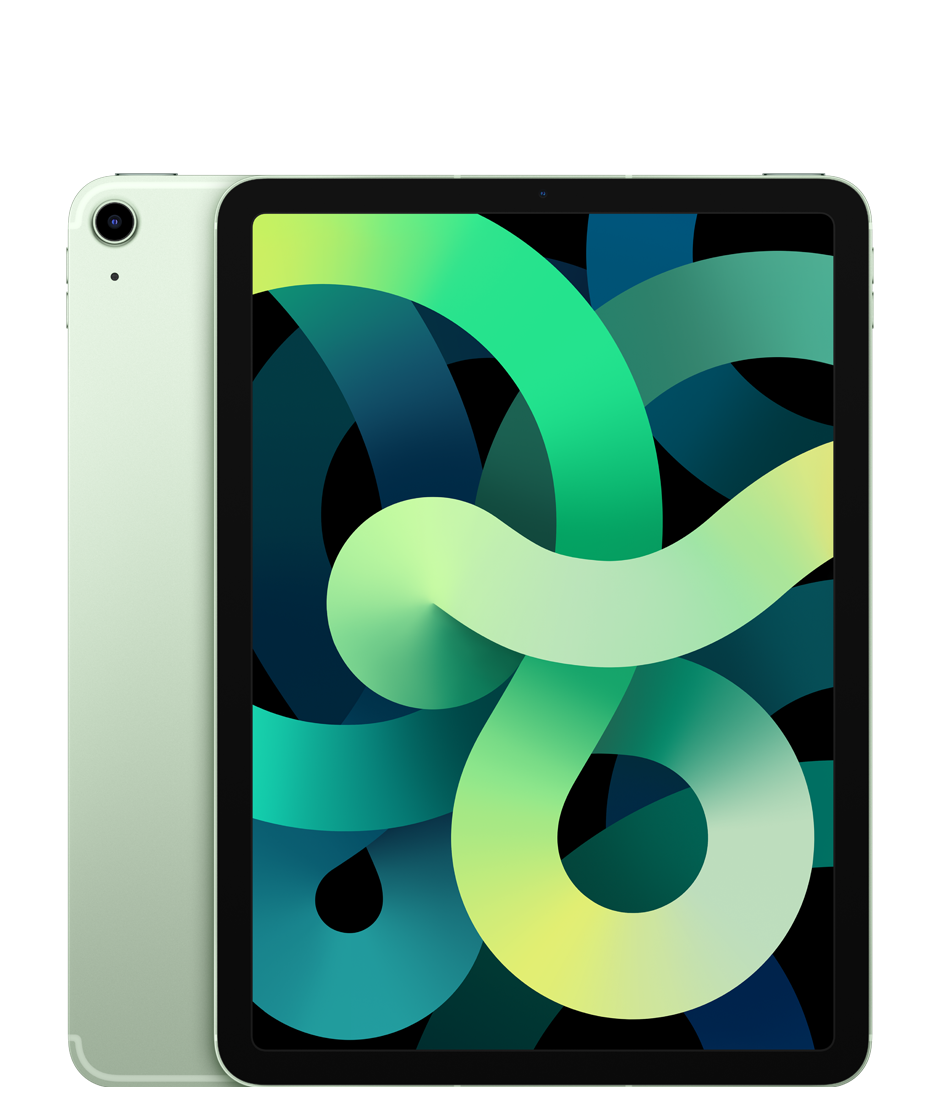
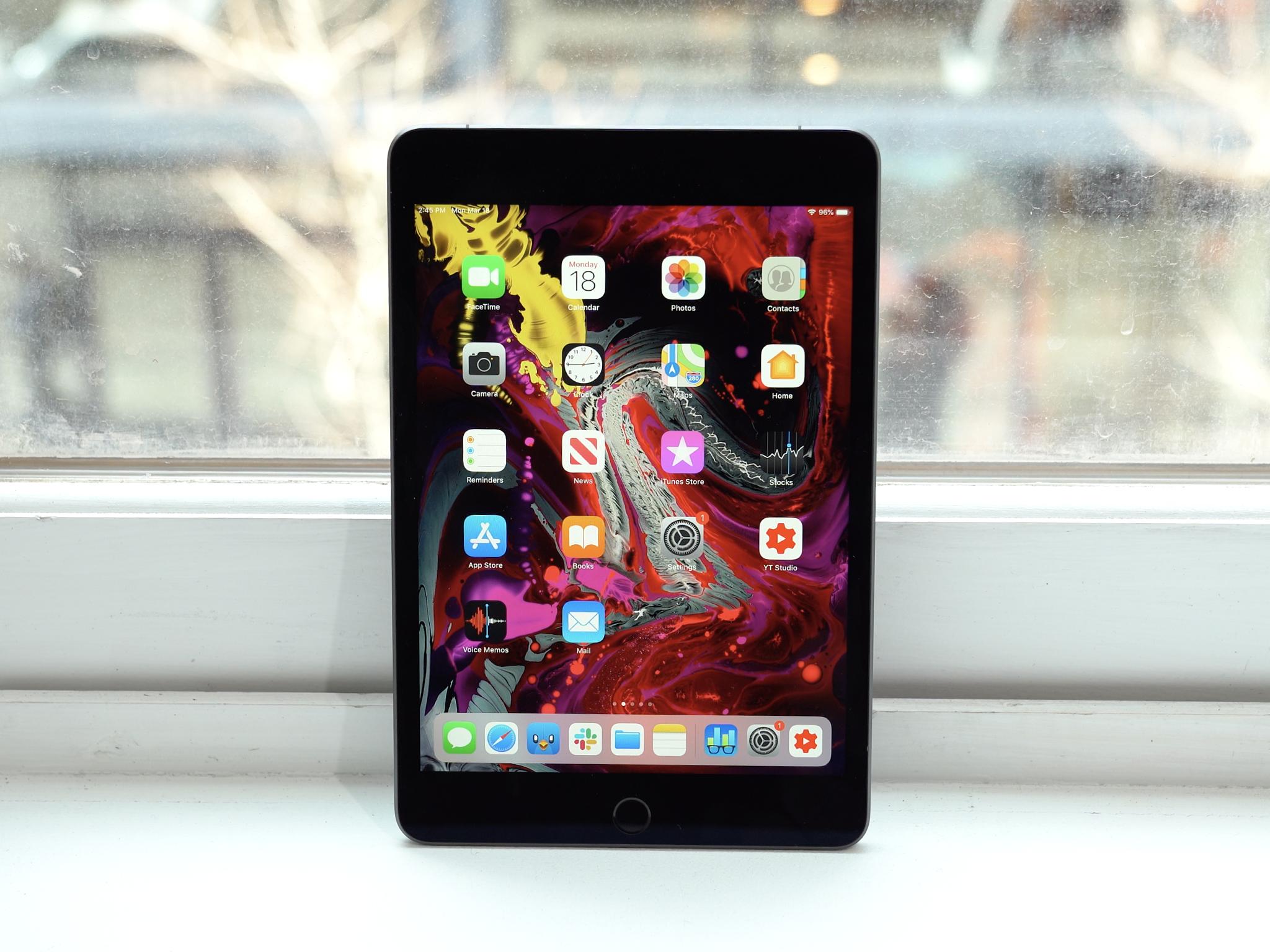
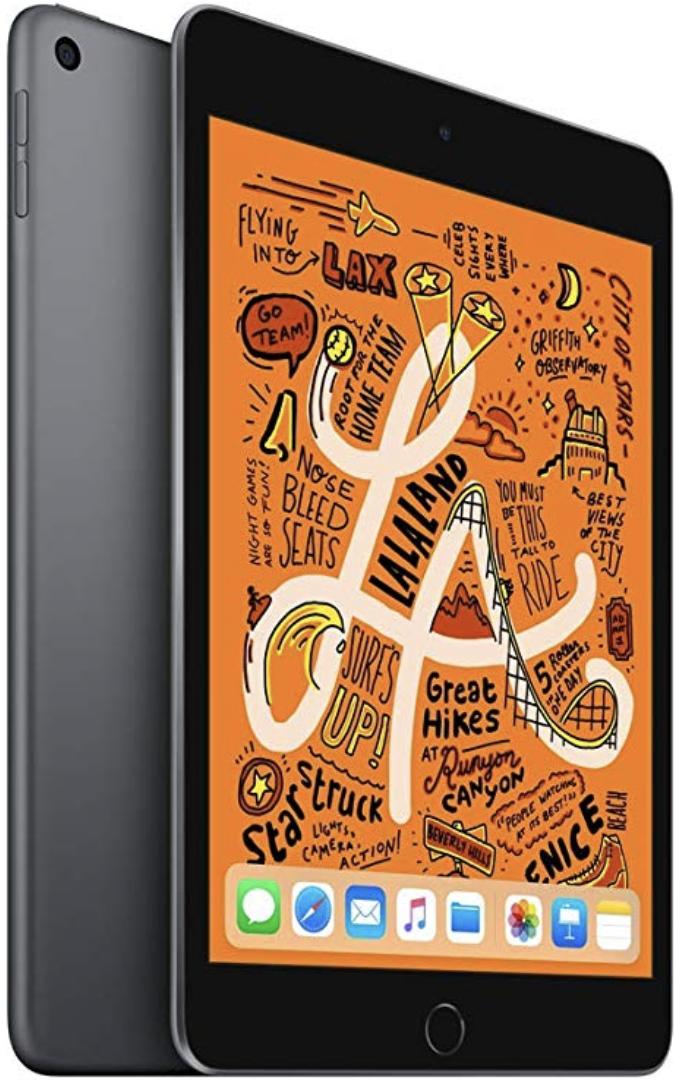
No comments:
Post a Comment